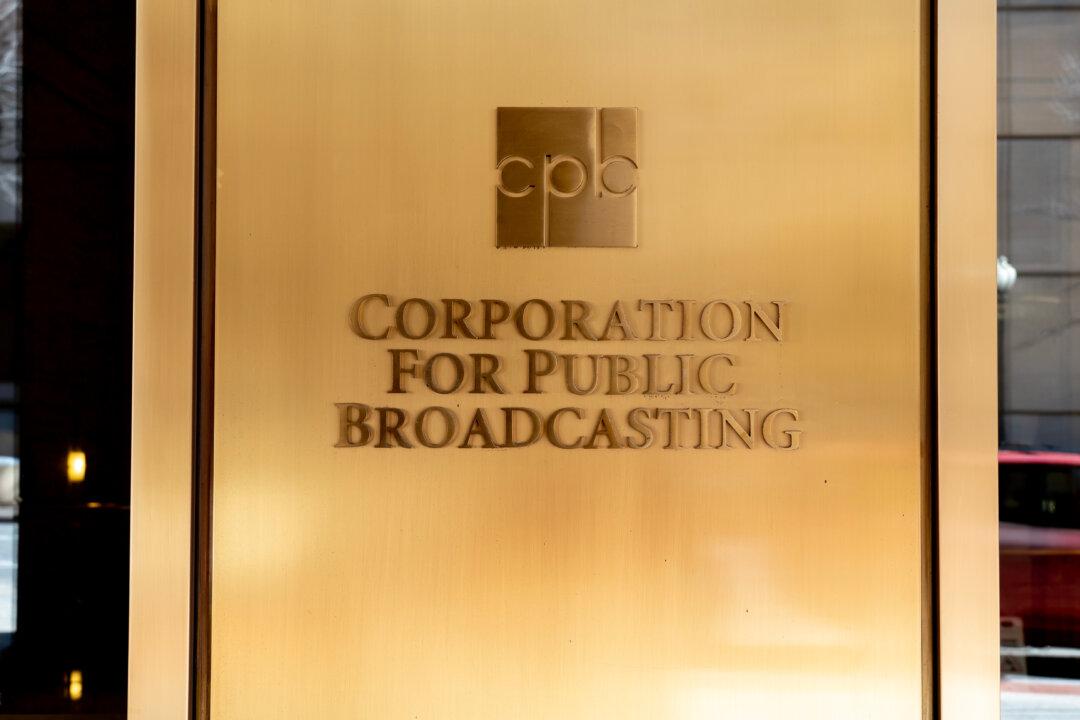A Russian fighter jet was scrambled on Monday to intercept a pair of U.S. strategic bombers flying over the Baltic Sea, Russia’s defense ministry said.
“On March 20, 2023, radars of the Western Military District Air Defense force on duty detected two airborne targets over the Baltic Sea, flying towards the state border of the Russian Federation,” the ministry said, as per Russian state media TASS. “The targets were identified as two U.S. Air Force B-52H strategic bombers.”





